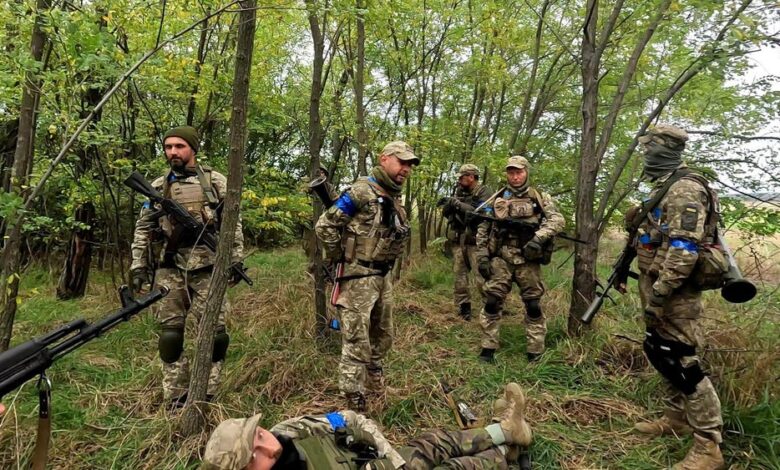The Ukrainian Army’s Jaeger Brigades Are Its Middleweight Forest-Fighters

The Ukrainian army grew fast in the months before, and after, a 200,000-man Russian army rolled into northern, eastern and southern Ukraine, widening a grinding war that had been raging for eight years.
With a huge influx of new volunteers and returning ex-soldiers, the army—which before the war had around 200,000 people on its payroll—grew tens of thousands.
The fresh manpower allowed the army to form a couple dozen light territorial brigades plus several new heavy mechanized brigades, as well as to enlarge the existing 20 or so active mechanized and tank brigades.
Perhaps the most obscure units are the three jaeger brigades, each with around 2,000 troops. Jaeger is German for “hunters.” The 61st, 68th and 71st Jaeger Brigades honor a long European tradition—and fit somewhere in the middle of the army’s force-structure. Neither heavy nor light.
The first jaegers were what the word implies. Hunters and woodsmen who formed specialized skirmishing units in Prussia, Austria-Hungary and Russia. Today the German, Austrian, Finnish, Norwegian and Swedish armies still have jaeger units, and generally consider them special operations forces.
In Ukraine, jaeger brigades are middleweight infantry—neither as light as territorial brigades, which generally lack tracked vehicles; nor as heavy as tank or mechanized brigades with their hundreds of tanks and fighting vehicles.
The 61st was the first jaeger brigade. It formed in 2015 as part of the Ukrainian army’s initial expansion in response to the Russian invasion of eastern Ukraine’s Donbas region.
The 61st Jaeger Brigade is based in Zhytomyr Oblast in northerwestern Ukraine. The brigade with its BRDM wheeled vehicles and trucks fitted with ZSU-23 auto-cannons was suited to operations in the marshes and forests of northern Ukraine’s border region.
And since the 61st Jaeger Brigade’s home oblast overlapped with the radioactive Chernobyl Exclusion Zone, the plan was for the brigade also to have a radiological reconnaissance unit.
It’s not clear that the radiological unit ever formed, however—the 61st has spent much of the current war in southern Ukraine which, while wet in places, generally isn’t radioactive. Yet.
The 68th and 71st Jaeger Brigades formed this year. Both benefitted from a consignment of new pickup trucks, some of which the brigades modified with bed-mounted rocket-launchers. Jaegers also have been spotted in U.S.-supplied MaxxPro wheeled armored vehicles.
The 71st technically belongs to the airborne corps, even though its troopers aren’t qualified as parachutists or heliborne assault troops. Instead, the 71st Jaeger Brigade supports the lighter, airborne-qualified formations in the same corps.
The 71st lately has been fighting around Opytne, one of the settlements anchoring the Ukrainian defense of Bakhmut in the east. The 68th, it seems, is somewhere in the south around Zaporizhzhia Oblast.
The war has untethered the jaeger brigades from the geography that originally justified their formation. Which is not to say the brigades aren’t useful. Jaeger brigades in theory can move more quickly than heavy brigades can do, and hit harder than territorial brigades can do.
But the sheer violence of the Russian-Ukraine war motivates troops to harden. So don’t be shocked if, over time, the jaeger brigades evolve in the same way most Ukrainian formations are evolving: by adding armor and firepower and slowly becoming heavy brigades … regardless of their name.
Get Best News and Web Services here







